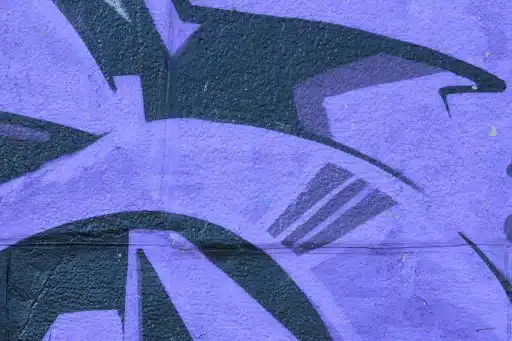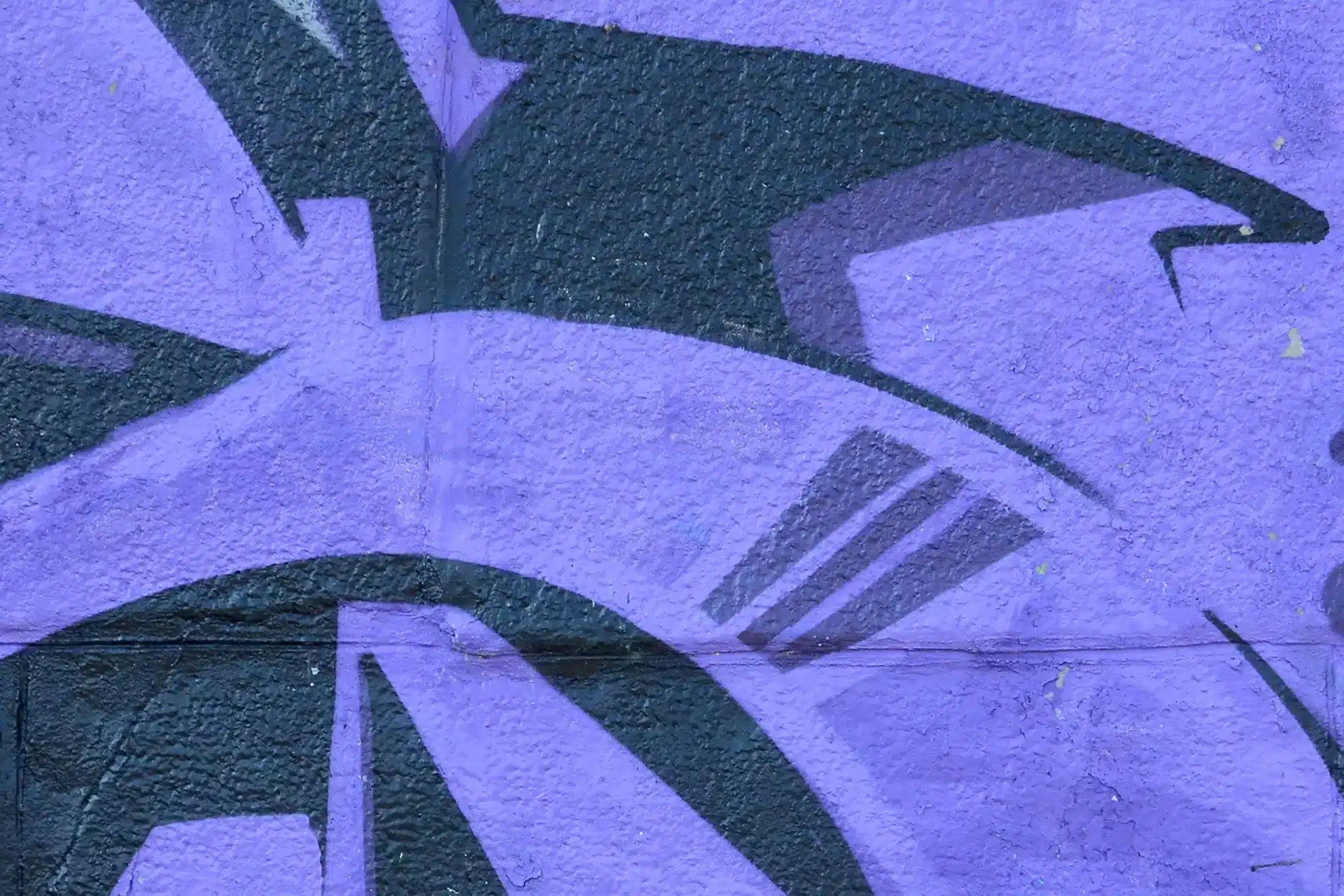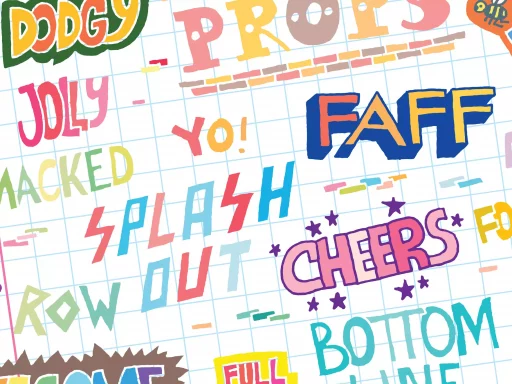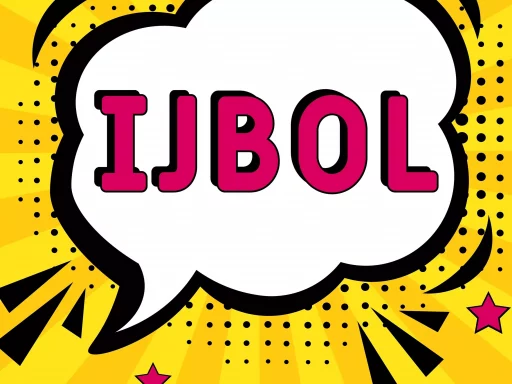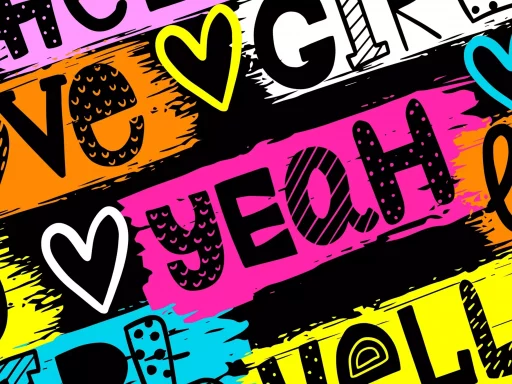Understanding Visual Text
Visual text is a form of communication that conveys meaning through the use of images or graphics. It includes elements such as typography, colors, shapes, and patterns to create a visual representation of text. In today’s digital age, visual text plays a crucial role in capturing and retaining audience attention.
The Importance of Visual Text
Visual text is essential in engaging audiences and conveying messages effectively. Studies have shown that people are more likely to remember information presented in a visually appealing manner compared to plain text. In fact, visuals are processed 60,000 times faster in the brain than text, making them a powerful tool for communication.
Examples of Visual Text
- Infographics: Visual representations of data or information
- Logos: Graphic symbols that represent a brand or company
- Posters: Visual displays used for advertising or promoting events
- Web Design: Layouts and images used on websites to communicate information
Case Studies
One of the most famous examples of visual text is the infographic created by Hans Rosling, a public health professor. His animated data visualization videos have helped millions of people better understand complex global issues such as population growth and poverty.
Statistics on Visual Text
A study by HubSpot found that content with relevant images gets 94% more views than content without. Additionally, tweets with images receive 150% more retweets compared to tweets without images. These statistics highlight the power of visual text in capturing audience attention and driving engagement.
Conclusion
Visual text is a powerful tool for communication that can help businesses and individuals effectively convey messages and engage audiences. By incorporating visual elements into text, you can create compelling and memorable content that resonates with your target audience.
